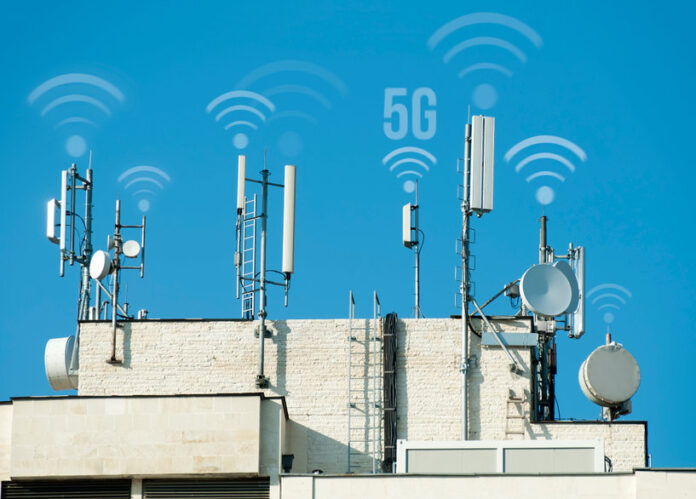AT&T says C-Band is ‘turbo-boosting our 5G’; Verizon says 2022 will be ‘most important year in the history of Verizon’
Verizon and AT&T celebrated the long-awaited turn-up of their first operations in C-Band spectrum yesterday, after weeks of delays due to concerns about aviation altimeters being unable to screen out potential interference from cellular operations in the band.
Verizon is forging ahead with the execution of its plans to hang its network hat on C-Band. Verizon spent $45.45 billion on C Band airwaves, with clearing costs and incentive payments bringing the total to $52.9 billion. In presentations to investors, the company’s executive team has made the case that its C Band spending will catapult the company into a period of growth driven by 5G and unlimited plan adoption, disruption of the home broadband market via Fixed Wireless Access deployments and industrial 5G enabled by mobile edge computing — all of those with Verizon’s network as the centerpiece.
Yesterday, that network was activated. Verizon CEO Hans Vestberg said its C-Band coverage extends to more than 90 million potential customers initially, and boosts its ability to bring Fixed Wireless Access broadband to another 9 million households. The carrier also announced a new unlimited plan for 5G-enabled business data devices, starting at $45 per month.
An ebullient Vestberg, in an Inside Verizon company video interview, said that 2022 “is probably [the] most important year in the history of Verizon. We did so many strategic moves last year, and they are all coming together.” The Verizon CEO added: “This is historic in how quickly we have done this and what is opening up for us.” And, he pointed out, “This is day one of the network, and we have so much more to do.”
AT&T, meanwhile, is kicking off its C-Band deployments on a smaller scale, with operations beginning in parts of eight cities. While AT&T has its “5G+” service deployed via mmWave in parts of 44 cities and almost 30 stadiums and venues, its C-Band-based “5G+” has kicked off in “limited parts” of Dallas/Fort Worth, Houston and Austin, Texas; Chicago, Illinois; Detroit, Michigan; and Jackonsville, Miami and Orlando, Florida. AT&T says it already has 17 devices available in its portfolio that support C-Band operations.
It won’t be obvious to consumers whether their devices are operating in C-Band spectrum. For AT&T users, a device showing a “5G+” indicator could be operating in either mmWave or C-Band spectrum. Verizon users who see a “5GUW” indicator could also be on C-Band or mmWave spectrum.
The two carriers did make some additional last-minute concessions on C-Band site operations around 50 airports. In addition, the Federal Aviation Administration now says it has cleared altimeter operations for devices installed in more than 60% of the domestic airline fleet, and domestic operational impacts appear to have been minimal. However, some international airlines, including Emirates and Japan Airlines, have reportedly cancelled flights to some U.S. airports indefinitely, or will only fly to those locations with certain aircraft models.
“The new safety buffer announced Tuesday around airports in the 5G deployment further expanded the number of airports available to planes with previously cleared altimeters to perform low-visibility landings,” the FAA said in a statement yesterday, adding that it cleared another three altimeters early Wednesday. But, it added, “Even with these approvals, flights at some airports may still be affected. The FAA also continues to work with manufacturers to understand how radar altimeter data is used in other flight control systems.”
In a blog post today, Ookla Lead Industry Analyst Mark Giles wrote that the last-minute concessions that Verizon and AT&T have made in their 5G operations around some airports mark a “breakthrough in a situation that could easily have escalated further and ended up in court, with subsequent delays to their planned C-band launch.
What impact with C-Band have? It may be obvious pretty quickly. Giles offered up a potential comparison with France’s transition from LTE to 5G, where 5G in C-Band spectrum was launched in late November of 2020 and showed “a considerable uptick in performance from day one.”
“The opportunity cost of any delay is significant, as T-Mobile continues to extend its lead on 5G performance, which has helped the self-styled ‘Un-carrier’ attract more postpaid net additions than its key rivals combined. This is why both Verizon & AT&T had little choice but to placate the FAA,” Giles wrote.
More in Ookla’s blog post here.

